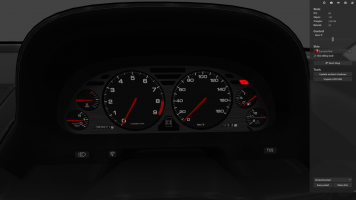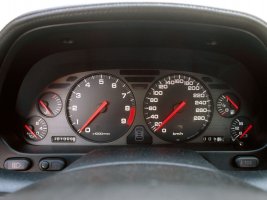[6:31 AM]NT01 tires in the S2000 video have the same temperature rating (A) as the RE010, whereas traction rating is greater for the NT01 which should come as no surprise.
Arch:
Source used for temperature vs mu curve is primarily "Influence of Tire Core and Surface Temperature on Lateral Tire Characteristics" by Christian Angrick, Sebastiaan van Putten, and Günther Prokop. You are free to provide better data for similar tires.
[6:36 AM]
Arch:
Add to the post
"RE71R also has a "temperature rating" of A and peaks at around 53c, which is lower than the current RE010 data in the mod. I would not take it very seriously. Most tires like this peak around 60c or so."
Last edited by a moderator:













